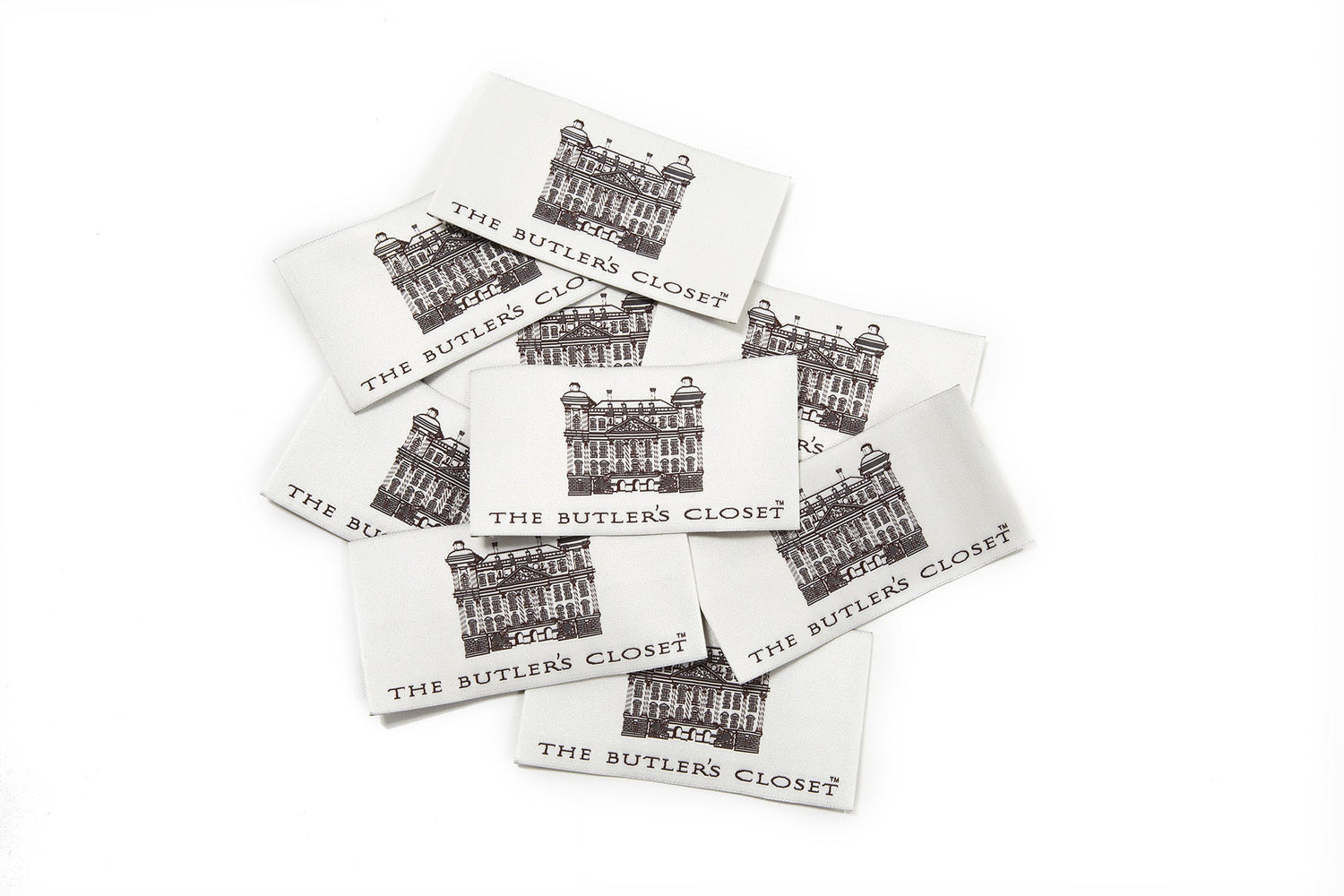The English Butler's Traditions
The Original Preservationists––Butlers and their excellent Staffs
Photo Credit: "Top Hat" by Ted Croner an American photographer. Property of the Whitney Museum.
For centuries, England's great Stately Homes were managed by an expert staff under the watchful eye and careful scrutiny of the Butler.
The most distinguished homes were furnished with priceless antiques, paintings, and tapestries of historical importance. Exquisite silver, crystal, and china were in place for every meal.
Beautifully tailored clothing—for every conceivable occasion—filled the closets. Family members and their guests changed outfits throughout the day and dressed in elegant formal clothing to dine every evening.
Maintaining order with seamless and smooth precision was the Butler’s responsibility.
The most important households had a large staff including a Housekeeper and Cook, Footmen, Parlor Maids, Lady's Maids, Valets, and a host of others with very specific duties.
Butlers developed exacting protocols for cleaning and protecting the family's possessions. Furniture was polished to glow––silver and crystal to sparkle. Clothing was brushed daily, laundered and starched with great care, protected in an armoire at home or packed in special muslin covers or tissue––by the Valet or Lady’s Maid––for weekend visits to other Stately Homes. Meticulous care required special products. The Butler––with the help of the Housekeeper––chose specific items for the staff to use in order to maintain the household's standards. In the mid-nineteenth century coal and oil were used for heat and light.
The Butler and Housekeeper established a regimen that occupied the staff from the early morning hours, when the first fires were laid, until lamps and candles were extinguished late in the evening. When the family went down to London for the season from May through July, the Country House was “put to bed.”
A BBC television series featured Petworth House: The Big Spring Clean with Andrew Graham-Dixon.
Mr. Dixon spent four months (from November to May) working with conservators and volunteers at Petworth House, one of the most famous English Stately Homes, as the team followed an exacting regime to clean just about every rug, painting, sculpture and piece of furniture in the palatial late 17th century house that receives 150,000 visitors per year.
This fascinating documentary gives a step- by-step account of the arduous and serious task managed by the dedicated and knowledgeable staff as they move methodically from room to room cleaning and covering all the precious art and antiques in order to protect them and give them a “rest” before the crowds of visitors return when Petworth reopens in the spring.
Magnificent winter dresses were stored in muslin, furniture covered in pale creamy dust covers, curtains—ties loosened—spread open, shutters closed tightly, and the silver polished and secured in vaults.
Everything was properly protected until the family returned from London or a trip abroad. Then the Butler, Housekeeper, and staff threw open the curtains and prepared the house for a steady stream of visitors over very social, long country weekends. This is a world that for the most part has vanished.
Today, many Stately Homes in the UK are open to the public as property of the National Trust.
The National Trust was founded in 1895 by three Victorian philanthropists—Miss Octavia Hill, Sir Robert Hunter, and Canon Hardwicke Rawnsley. Concerned about the impact of uncontrolled development and industrialization, they set up the Trust to act as a guardian for the nation in the acquisition and protection of threatened coastline, countryside and buildings.
The National Trust protects over 350 historic houses, gardens, and ancient monuments. These homes are historic sites and under the care of highly trained conservators. The fact that the art and furniture in these homes has been protected for hundreds of years is a testament to the skills and the work of Butlers and their staffs in the centuries that preceded our modern times.
THE BUTLER'S CLOSET presents a range of items including those that a Butler would have used, those that conservators are using today, and additional items found through further treasure hunting.
SHOP COLLECTIONS

